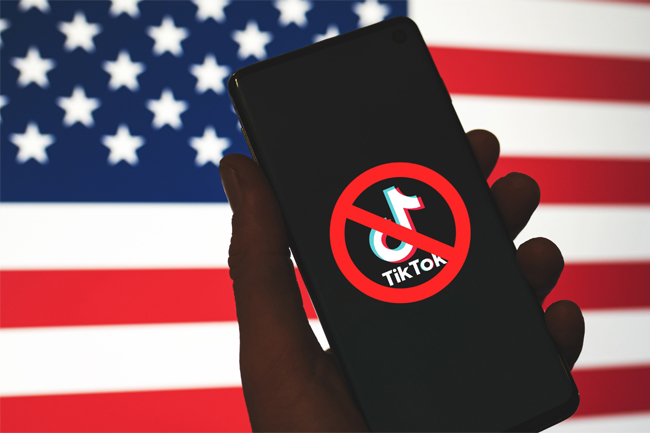The ability to connect with consumers about sophisticated operations and the skill to share an array of facts in a simple manner, according to Asif Farook, Head of National Distribution at Amana Takaful Life Insurance, is vital. But, on the other hand, Amana Takaful Life has reached the height of excellence, where, especially within the new normal, all business work is entirely digitized, paperless, and frictionless to keep up with the epidemic and all of its new demands.
Asif gives a background on exactly what is occurring with the COVID scenario and how the market landscape has changed tremendously when speaking on the main tactics to drive the life insurance sector in this country in the future. Life insurance industries, for example, are primarily driven by an agency force. Customers, now, are unwilling to meet agents since the COVID risk, resulting in a revolutionary shift to the traditional style, where agents meet individuals, chat to them, and then close the insurance deal. With all of these changes, the life insurance market has become challenging to navigate.
However, due to the pandemic, there is an increase in insurance awareness since people are now more interested in becoming insured than they were previously. He stated, “We used to spend a lot of money as an industry to raise awareness, but today individuals are eager to acquire insurance since hospitalization and medical services are getting increasingly expensive.”
Traditional marketing strategies of meeting one-on-one are no longer viable as everyone is concerned about their health in light of the ongoing situation. This new normal will last for some time. As an organization, Amana is looking into digitalization in general, and when Asif talks about digitalization, he doesn’t mean just digitizing current systems or going paperless; he means smart digitalization. That, in his opinion, is the way of the industry’s future.
Another technique worth considering is the insurance gap, which occurs when many people are uninsured. This necessitates revisiting clients to ensure they are not underinsured and are covered to their maximum capacity, hence minimizing the insurance gap. Another issue to consider is that many people are unemployed in this situation. If the industry can work together to produce products that can be paid for daily, some micro products, and products tailored to those just starting out in life, their life insurance and hospitalization costs can be met.

